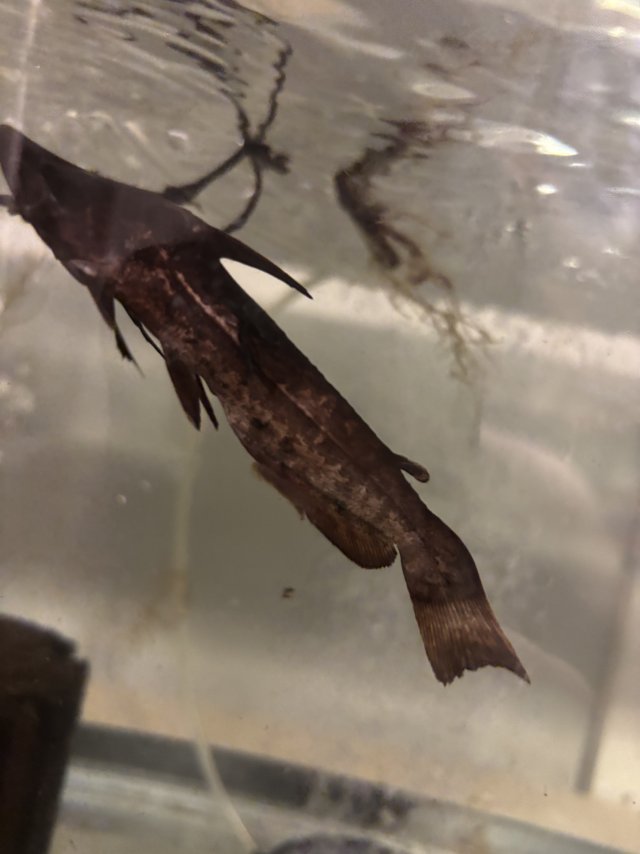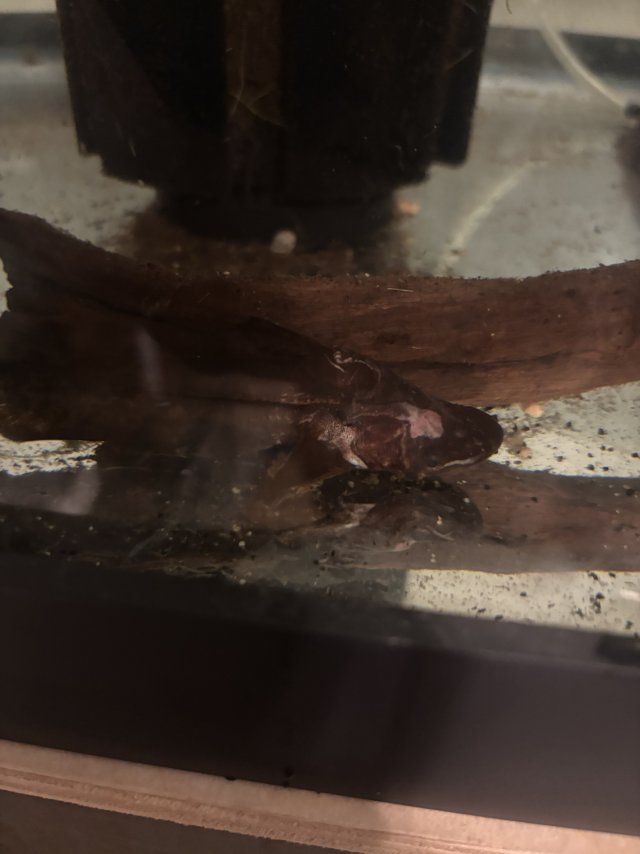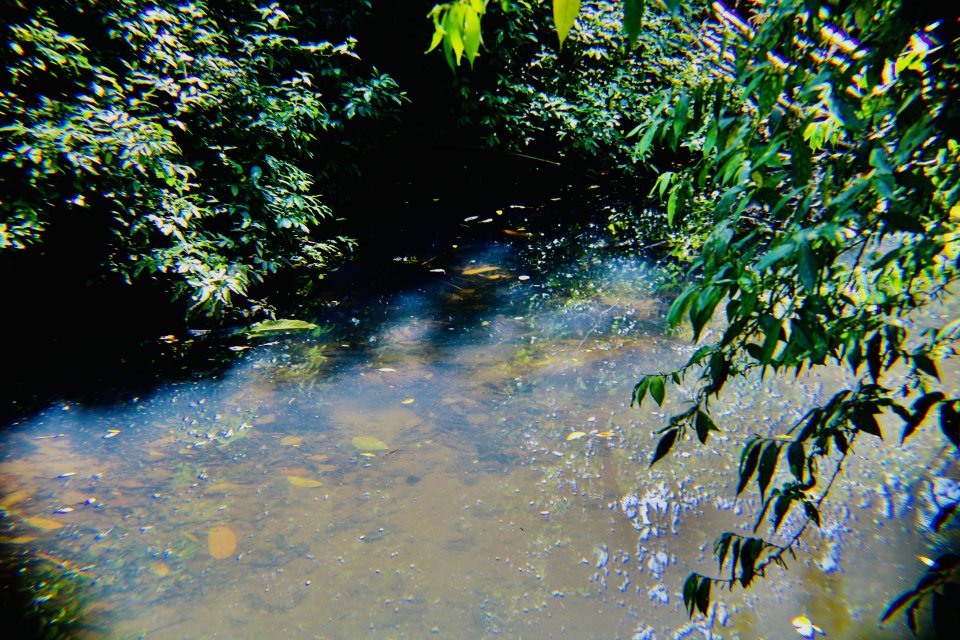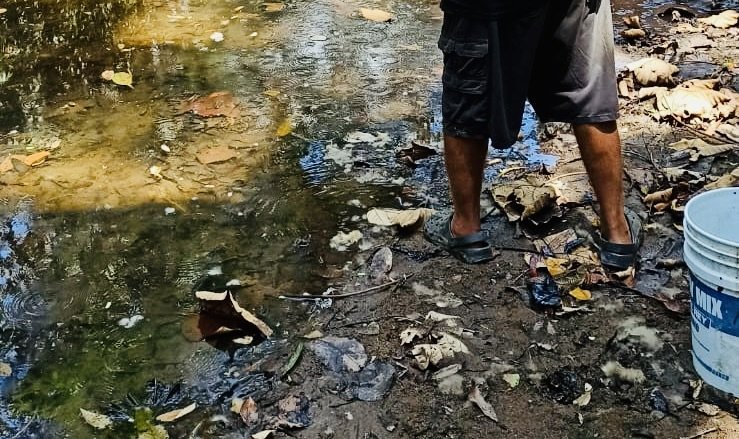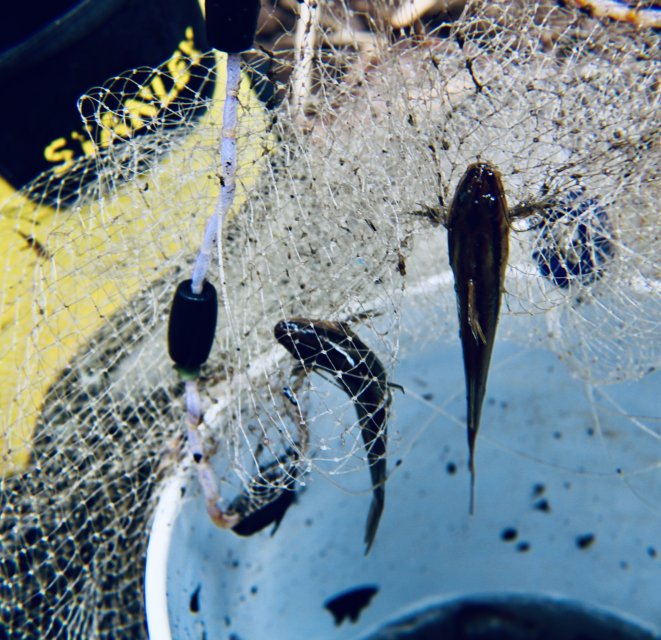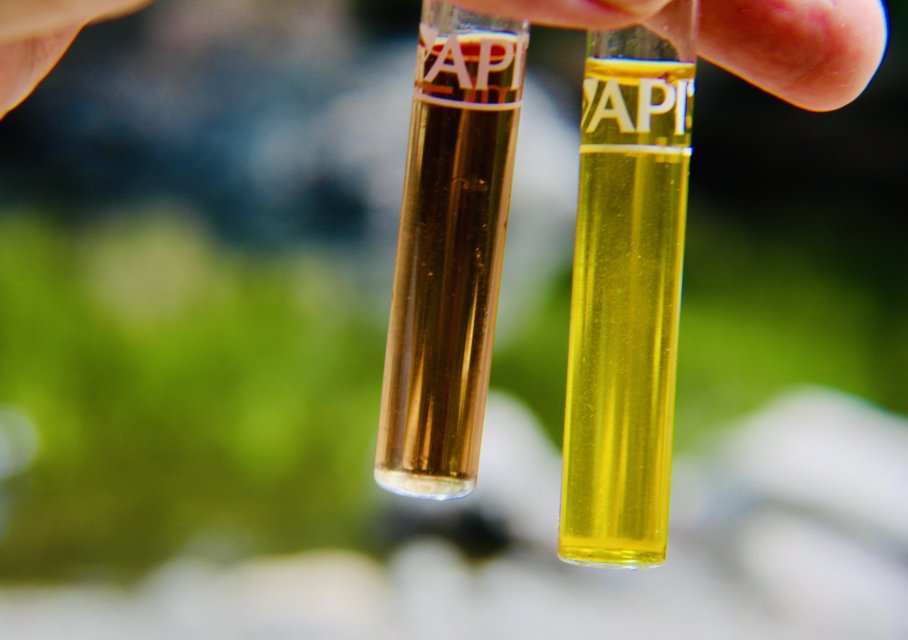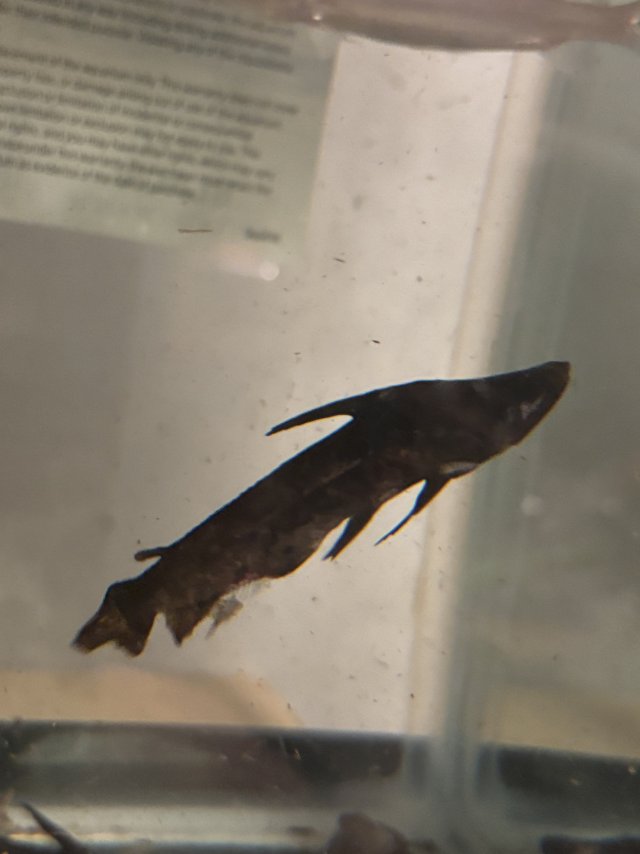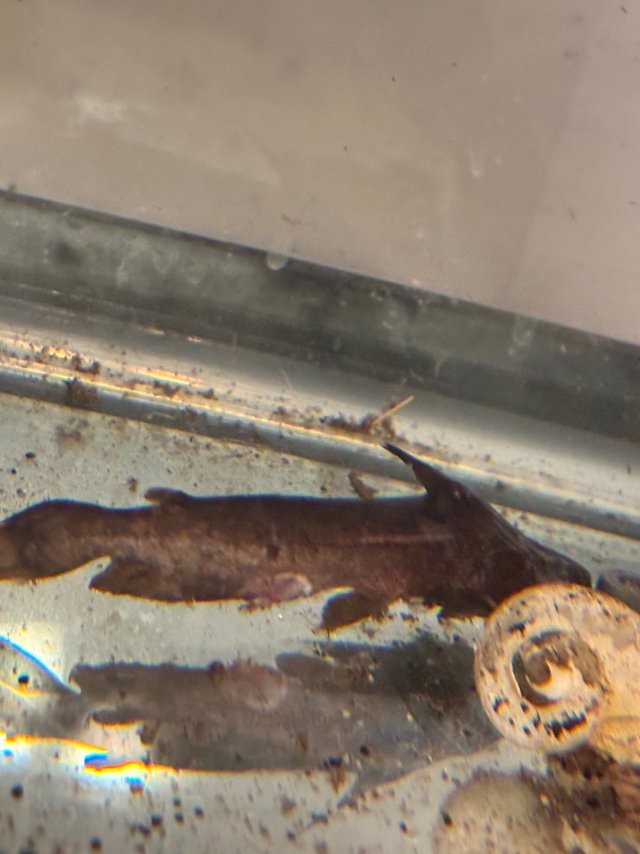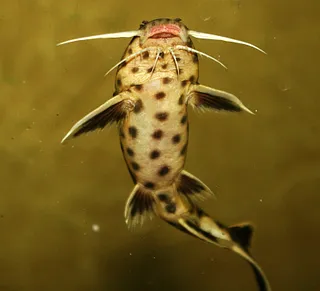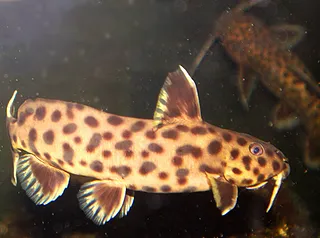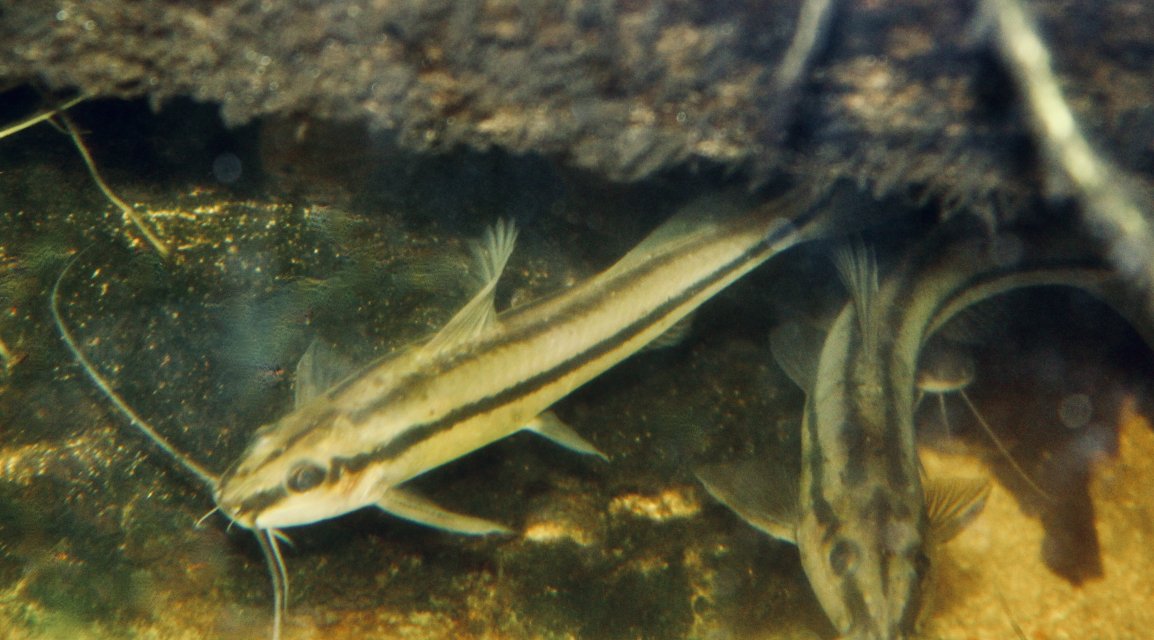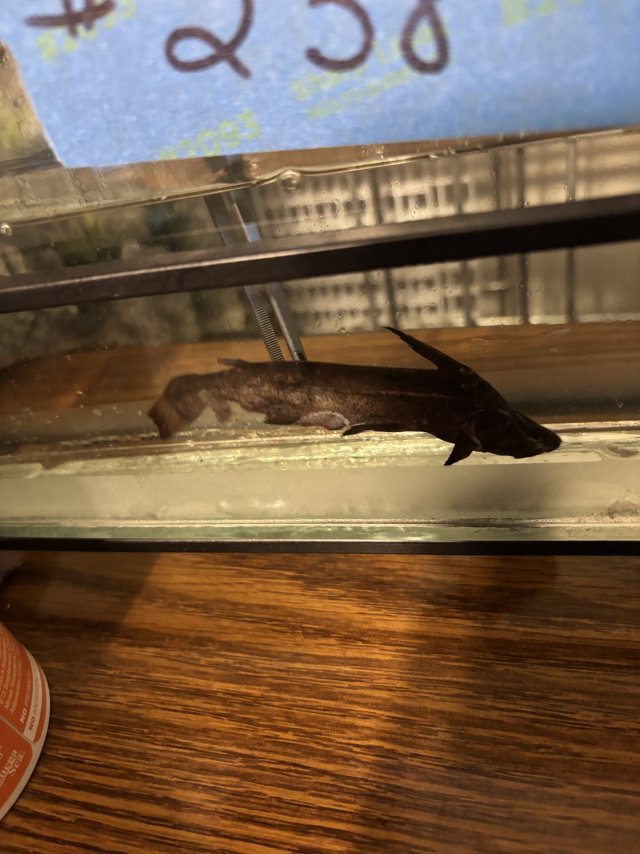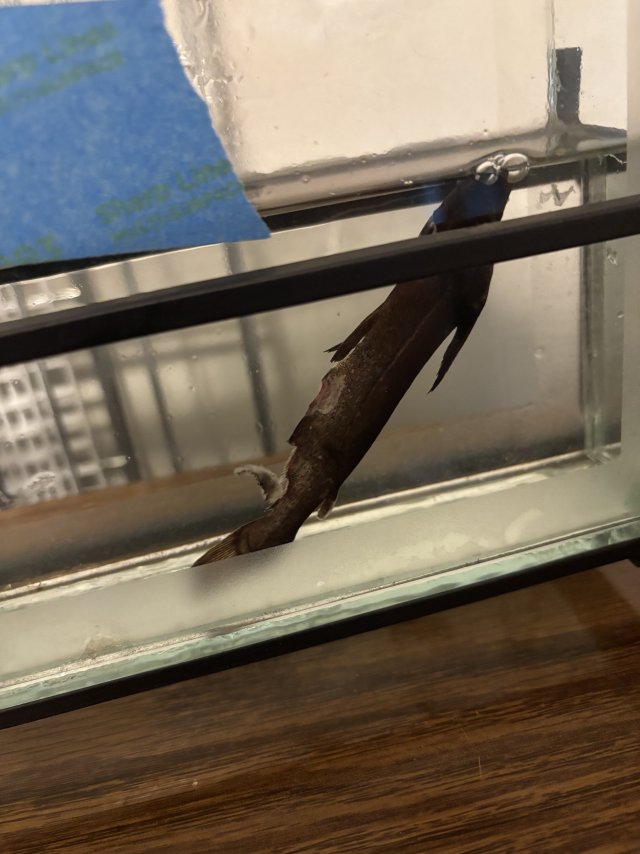- Have you tested your water?
- Yes
- If yes, what is your ammonia?
- 0ppm
- If yes, what is your nitrite?
- 0ppm
- If yes, what is your nitrate?
- 20ppm
- If I did not test my water...
- ...I recognize that I will likely be asked to do a test, and that water tests are critical for solving freshwater health problems.
- Do you do water changes?
- Yes
- What percentage of water do you change?
- 71-80%
- How frequently do you change your water?
- Every week
- If I do not change my water...
- ...I recognize that I will likely be recommended to do a water change, and water changes are critical for preventing future freshwater health problems.
Hello, I’ve recently acquired some Wallace’s shoehead catfish and on the new additions I’ve noticed that some of them have a small amount of what I believe to be fungus on them, some have minor head injuries on the same area from fish to fish, and one or two has excessive slime coat shedding. If possible I’d like some advice as to my next steps. The first one is showing the believed fungus on the pectoral fin and the second one is showing the head injury. 